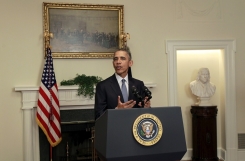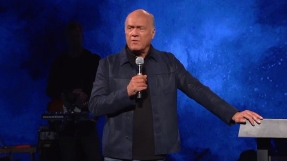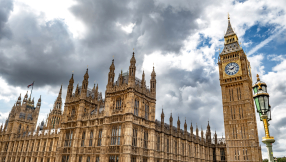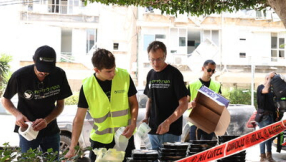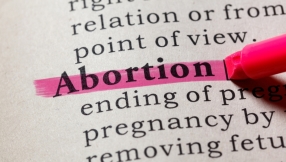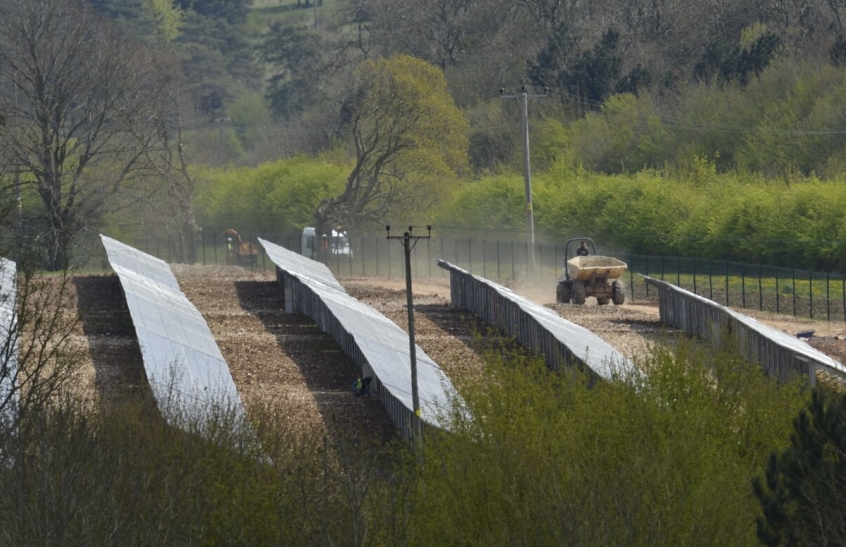
Churches across the UK are being encouraged to swap their homes and churches to renewable energy.
The call has gone out from two leading aid agencies, Christian Aid and Tearfund, but rather than leave it at an appeal to churches' better nature, they've set up a system to make it happen.
Working with established provider 2buy2, the Big Church Switch aims to get churches switching to renewable energy providers in a way that's straightforward and secures them the best possible deal.
Set up seven years ago by Christian procurement professional Rob Kissick, 2buy2 works by negotiating directly with suppliers on behalf of the churches, charities and other organisations that sign up with it. Because it has around 12,000 users, it's able to negotiate bulk discounts on products and services ranging from insurance to photocopiers and other office products – and energy.
For Christian Aid and Tearfund, this is a model that has the power to deliver real, noticeable change in how the Church puts its principles into practice.
At present, power stations generate around a quarter of all the UK's emissions of the gases that cause climate change. The charities are convinced thousands of people across the UK can be persuaded to switch their homes and churches to electricity from renewable sources, and that this can send a strong signal about the Church's commitment to creation care.
Among those using 2buy2 are the Methodist Church and the Quaker movement. However, the Big Church Switch, launched today, is a new departure. Kissick told Christian Today he hopes to get 5,000 churches signed up within three months, which could provide them with massive buying power.
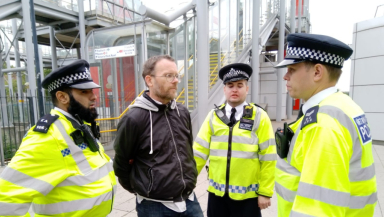
And it does sound simple. Visitors to the Big Church Switch website are invited to register their church's interest – or their own – and then get a confirmation email with simple forms to fill in. 2buy2 then sorts out the best deal for them and provides them with a quotation. The switch takes place when the current contract is up and the new contract is with the supplier, not with 2buy2.
For Kissick, it's fundamentally about releasing money for mission. "The Church does not buy well," he says. "We're keen to support as many churches as we can."
According to the Bishop of Salisbury, Nicholas Holtam, who leads on environmental issues for the Church of England, "The Big Church Switch is a simple, practical, good idea. It supports the move to renewable energy. If Lent is about renewing our lives in response to the love of God here is a way to follow. You can do it, and so will I."
However, for Christian Aid's Head of Advocacy, Laura Taylor, it's just a step on the way. "The public want clean energy and are willing to take action themselves by switching suppliers," she says. "But to make the big shift to a low carbon future happen, individuals and communities can only do so much before it's up to the Government to change the whole system and drive the energy market to 100 per cent clean energy. So today we're saying to the Government: we're switching to low carbon energy, now you must switch the country's energy from fossil fuels to renewables."
A step on the way it may be, but it could be a very considerable step. There are around 50,000 Christian congregations in the UK and millions of church members. A scheme such as this, if it's really taken to the Church's heart, could involve a substantial number of those. If green energy from wind, solar and hydro power becomes the default choice for Christians, individually and as churches, it helps create a commercial pressure for change, not just an ideological pressure.
More revenue for green energy companies means more investment and research, which leads to more progress. It's possible to imagine a future in which fossil fuels are gradually out-competed – and the Church could be part of that.










